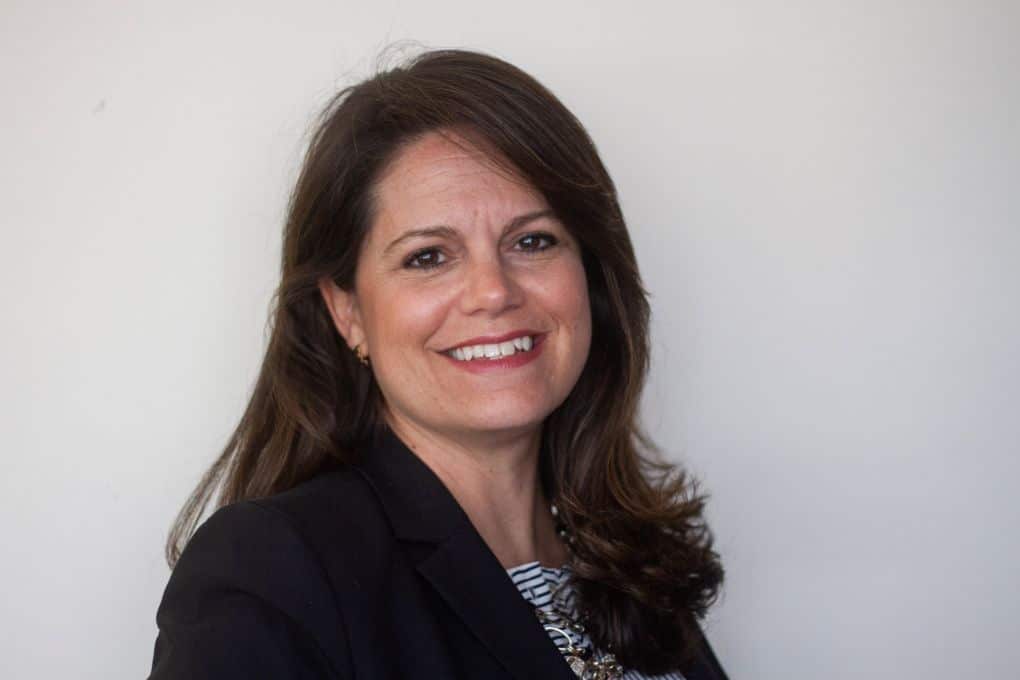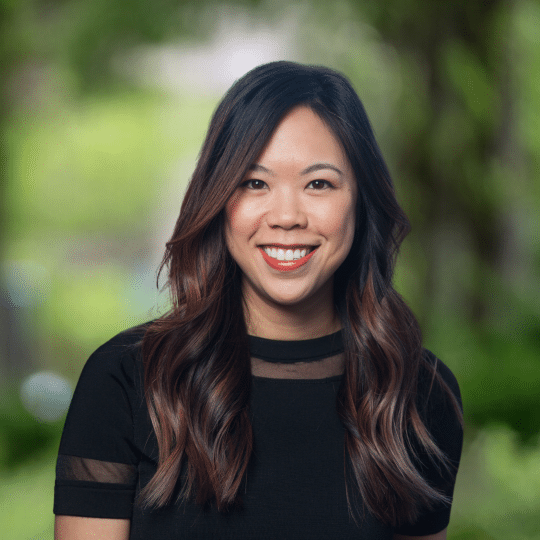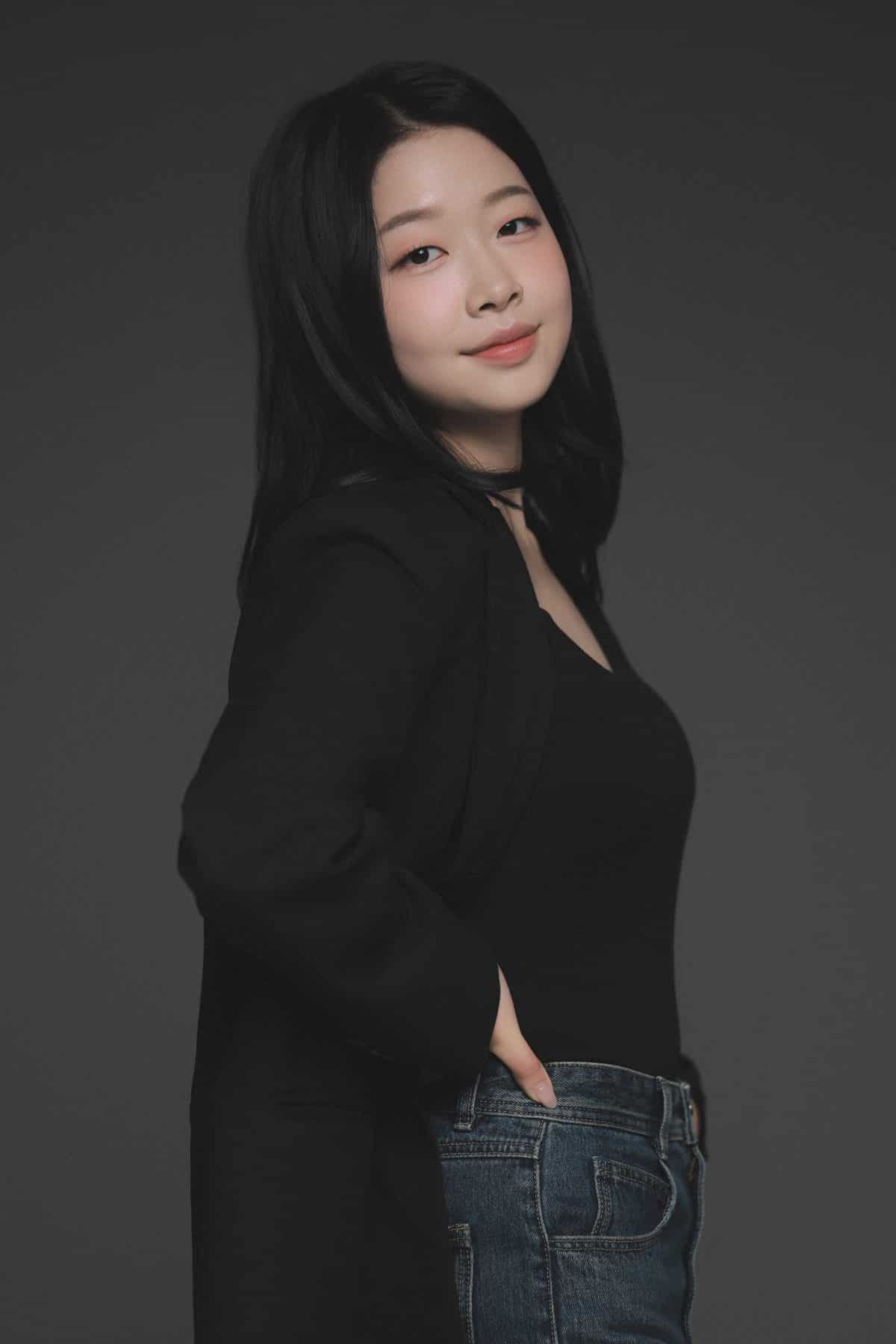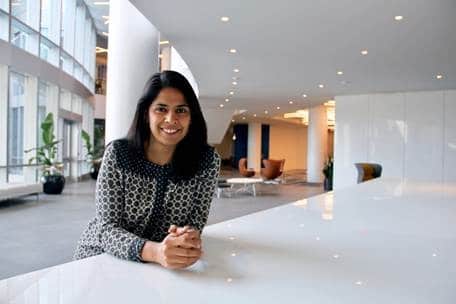Member Spotlight: Lisa Chensvold, WWPR Communicator Turned Founder of a Thriving Communications Firm
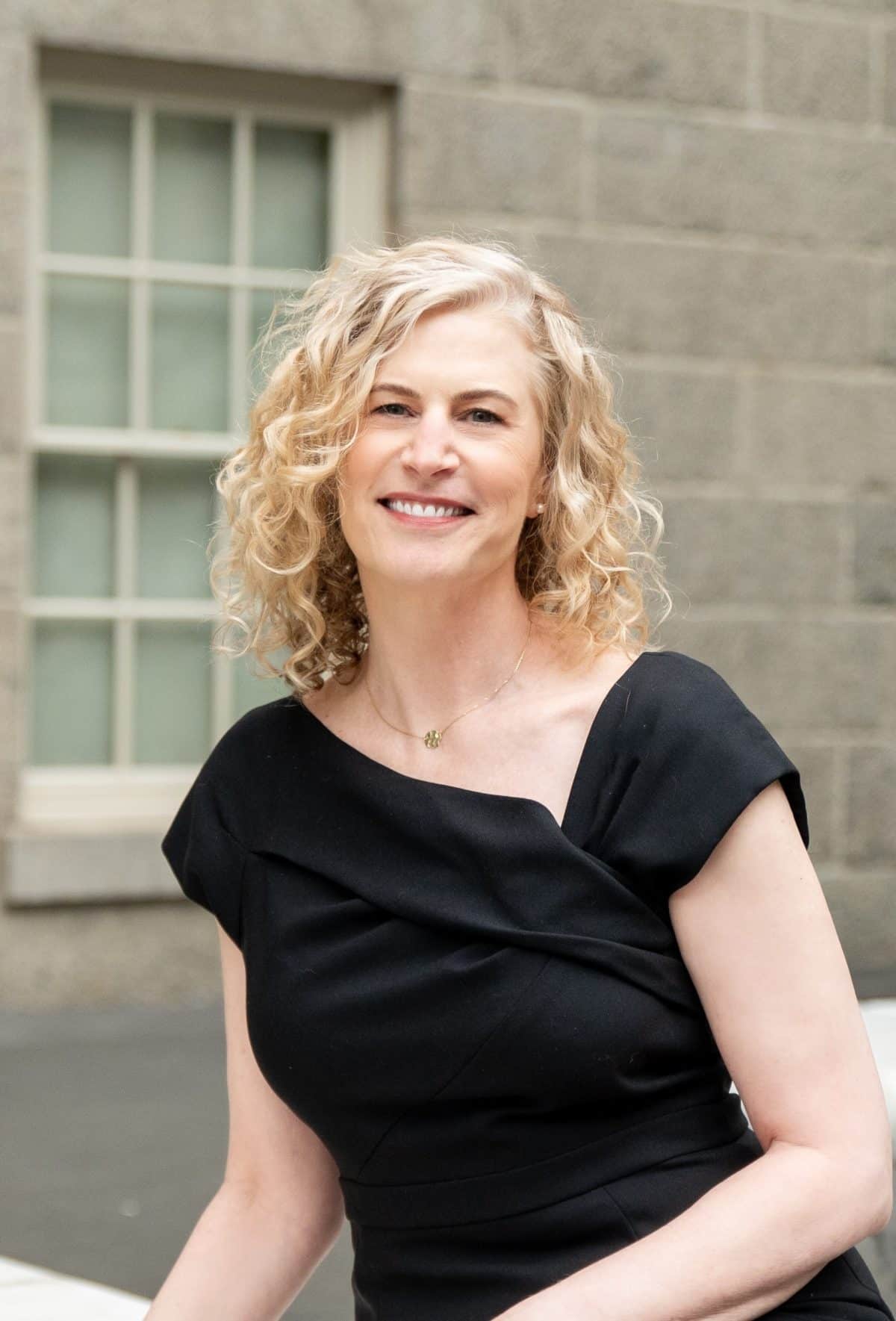
by Elisa O’Halloran

Q1. Tell us about your background—where you’re from, your education, etc., including your career background.
I’m a California girl who’s been on the East Coast since graduate school. I love where I’m from, but I’ve always said I’m a little too Type A for the West Coast. The East Coast pace and intensity fit my temperament, but I still carry some of that California balance.
I was a music major in college and later studied musicology in graduate school, exploring how music reflects the culture and history of its time. I’ve always felt the tension between head and heart, between logic and intuition, what feels safe and what feels true. When it came time to choose a career, that tension came to the forefront. I wanted to find work that used both my analytical and creative sides, and that led me to communications
The pivot wasn’t easy. It demanded resilience, curiosity, and the willingness to learn fast. I was fortunate to find incredible mentors who taught me the craft of strategic communications and supported my growth.
My career has focused on communications for mission-driven nonprofits and associations. I’ve been lucky to work across global health, workforce development, economic justice, and more.
What I love most about communications is that it’s cross-cutting. It’s the connective tissue that links ideas, people, and impact. It’s where strategy meets storytelling and becomes a catalyst for real-world change.
Q2. What inspired you to start your own communications company? Was there a defining moment when you knew it was time to take that leap?
I was exploring new roles, but nothing sparked. I couldn’t quite name why.
Working with a coach helped me see it clearly. It wasn’t opportunity that was holding me back, but the structure of institutional life itself. I wanted to work in a way where my thinking wasn’t diluted by organizational politics or discomfort with bold choices. I thrive in environments of independence and ownership.
As soon as I decided to consult, something clicked. When I later completed a multidimensional strengths assessment, it confirmed what I was already starting to feel: that my personality profile is almost a blueprint for entrepreneurship.
The freedom and flexibility are appealing, for sure. But mostly I wanted to create the conditions where I could bring my best, most strategic self to the table.
Q3. Before you launched your business, what experiences shaped your approach to communications and leadership? How did your earlier roles prepare you for starting your own business?
Some of my most formative lessons came early on. When I was still learning the ropes, I remember trying to engineer the perfect press release. A journalist-turned-communicator told me, “Just tell a good story.” That advice stuck with me. It was a reminder to choose narrative over formula.
I also learned about the power of influence. Success at work isn’t just about good ideas, but about cultivating allies and knowing how to bring people along. What matters is shaping thinking, not claiming credit.
Over my career in nonprofits, I’ve seen a recurring pattern. Every organization that isn’t a household name struggles to tell its story or demonstrate its impact. Almost every one of them says, “We’re complicated,” as if that makes them a special case.
They get lost in details, lean on theories of change and logic models, and quickly slip into jargon. On top of that, they’re chasing an ever-shrinking pot of funding, which leads to mission drift. Suddenly, you’ve got a portfolio of programs that don’t add up to something coherent. Complexity isn’t the problem, and communication isn’t the problem. Clarity is the problem.
Because communication is how your internal alignment and strategy show up in the world. If the foundation is shaky — or worse, missing — your communications will fall flat. I help organizations diagnose what’s really going on so they can align their communications with who they are and what truly matters.
Q4. What were some of the biggest lessons or obstacles you faced when you started your own business, and how did you navigate them?
Even as a solo consultancy, there are a lot of moving parts: platforms, proposals, invoicing, marketing, client delivery. Finding the right systems and workflows has been an ongoing process.
Another ongoing lesson is learning how to attract the right kind of work, the kind that aligns with what I want to be doing, and knowing when to say yes and when to say no. Every billable hour spent on unaligned projects is time you could be spending cultivating the right clients and projects. So I try to be kind to myself while I get off the ground and grow, but also be disciplined about not getting stuck in work that doesn’t reflect where I’m headed.
Q5. You’re also an active WWPR member and PRSA volunteer. How has being part of these communities influenced your career or your business growth?
Community has become one of the most important forms of professional growth for me. For years, I worked in small organizations where professional development wasn’t prioritized, especially for communicators. I stayed sharp on my own by reading, attending free webinars, and learning by doing.
Then I began engaging more intentionally with the field. I re-joined PRSA and the National Capital Chapter. I went all in, first leading a committee and now serving on the chapter’s board. And, after two decades in the field, I just attended my first PRSA ICON! It reminded me how powerful it is to be surrounded by people who speak your professional language.
WWPR has offered a different but equally valuable kind of connection. It’s been welcoming, generous — and multigenerational. One of my first events was a dinner of senior women whose experience and insight were deeply inspiring. Later, I volunteered for WWPR’s speed mentoring event — so I’m learning from and giving back to this community.
Q6. For other communications professionals who might be thinking about starting their own firm, what advice would you share—maybe something you wish you knew at the beginning?
First, keep the receipts. Seriously, save yourself the headache and stay on top of the small things, because they pile up faster than you think.
When I started out, I told myself I’d say yes to any project that came my way. I didn’t know yet what shape the work would take, and I figured every engagement would teach me something new. But I soon realized that approach couldn’t last.
The truth is, there are a lot of communications consultants and agencies out there that work with nonprofits. If I didn’t define my distinct value, I’d always be competing on price, not perspective.
The same principle I apply to my clients applies to me as well. Niche-ing down isn’t limiting; it’s strategic focus.
Q7. Do you have anything else you want to add?
If there’s a theme that runs through my life and career, it’s that tension between head and heart.
Leaving academia (I was most of the way through a PhD) was one of the hardest decisions I’ve made. I’d spent years working toward something that looked right on paper, but it no longer sparked anything in me. Following my instincts instead of my resume illuminated my path. It wasn’t a straight one, but it was mine.
Starting my business has been another version of that lesson, but now with more exhilaration than agony. It’s where head and heart finally work together. When your thinking and your instincts point in the same direction? That’s clarity.
Q8. What do you do for fun?
I am an urban wanderer. I love long walks, especially when they have a purpose, like stringing together errands that take me across the city or walking an hour to meet a friend for brunch. I’ve lived in D.C. for years and still love discovering new corners and neighborhoods.
Even after moving from music to communications, I’ve kept music as a through-line in my life. I’m a classically trained soprano and have sung with The Washington Chorus for a decade. I sang in a competitive karaoke league for years. I’ve also returned to dance after a long, long time away. I love the physicality and focus it demands.
When I’m not walking, singing, or dancing, I love crafting seasonal libations and hosting friends. There’s something deeply satisfying about creating a space where people feel welcome and cared for.
